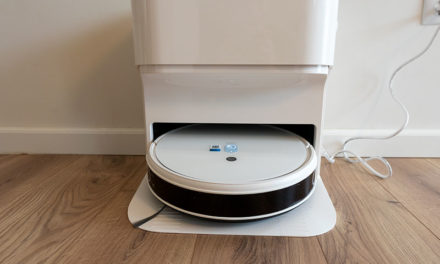
IP cameras - what, from where, where?
We think that using a little background knowledge doesn’t hurt to use the cameras, even if we probably don’t get much use out of that knowledge later. True, we technomaniac people always love to know what’s behind things. Here I would like to quote an adoption from a formation called the Rolls Faction, which sounds like this:
“You play carefree, you live carefree
But an open palm slams into your forehead and tilts you up
You play carefree, you live carefree
But an open palm slams into your forehead and tilts you up
Well, explain what makes the tram… ”
So we always want to know what the tram is about, in our case what makes the camera work.
You start
In the field of surveillance systems, analog technology was initially the only solution. Analog cameras, analog video recorders and analog people in front of monitors. Many cameras are equal to many monitors, many monitors are equal to many people, many people are equal to high cost. Pretty crappy formula, but it's true. One of the biggest disadvantages of analog solutions was that the more monitors there were, the more people were needed, because above a certain number of images, it was no longer possible to pay attention to all of them one hundred percent.

An additional cost was that analog systems required the use of individual cabling for the cameras, which functioned as a completely separate network. The analog recording was also bottomless with milk. Just think about how long it would have taken to see many days of footage from many ten cameras in a store if an event happened.
The present
Fortunately, analog technology is a thing of the past. The digital age, the age of ones and zeros, has arrived. Of course, this does not mean that the analog systems disappeared in one fell swoop, as their construction was not two forints. Digital-enabled video servers have appeared on the market, which have digitized the incoming signal in real time and made it available on a computer network. Needless to say, this also made it easier to capture the image.

However, there is a point where analog cameras cannot compete with digital IP cameras, and that is configurability. An IP camera connected to a computer network appears as a separate computer for the other machines. This is made possible by the cameras having their own embedded IP server and running an embedded operating system. True, this is not a Windows 7, but it is enough to provide your own website where you can access the camera settings. Of course, this is not all, as it is possible to run different applications that enable the cameras to detect motion, to create multiple sections within an image and set different alarms for each section, or to change the lighting conditions. automatically adjust camera sensitivity or turn on its infrared LEDs. Seeing these capabilities, we can say that today’s IP cameras are already intelligent, at least much more intelligent than their analog counterparts or the washing powder advertised in commercials. A camera’s software may actually be able to recognize objects in the field of view, while I can hardly imagine a washing powder that the enzyme in it happily applauds that hey, it’s a cocoa stain here, let’s jump at it!

Contemplating the past, we recalled that in the case of analog cameras, building a camera system was not cheap fun. Well, it's no different today, but there has been some improvement with the rise of IP-based cameras, and even the fact that you don't have to build a separate computer and separate camera network can go all in one, or even go as the data from the cameras is processed. computers, and the data is stored either on machines or on network storage devices.

If we are already online, we must not forget the biggest network, the Internet. If we are talking about IP-based cameras, there is a legitimate need to access their images from anywhere, via the Internet, and in most cases we get the opportunity to do so, of course only if the network that also houses the cameras has an exit point to the net. We do not want to discuss the ways of accessing it now, whoever is interested in the topic is scrolling through GKB cameras - with the simplicity of a slapour article!

So it can be seen that the present, and for the time being, the future seems to belong to IP-based cameras available on computer networks. Now let’s see what kind of cameras we can choose from!















